Experiencing an endless restarting loop on your Windows 11 PC can be incredibly frustrating. Instead of reaching the login screen, the system keeps rebooting, leaving you unable to access your files and applications. Fortunately, this issue is often software-based and can be resolved with some troubleshooting steps.
Boot Your PC in Safe Mode
Before attempting any fixes, you need to boot your computer in Safe Mode. This mode starts Windows with a minimal set of drivers and services, helping you identify if default settings and basic drivers are causing the issue.
Step 1: Turn on your computer. As soon as it starts booting, press and hold the physical power button for about 30 seconds until the computer shuts down.
Step 2: Repeat this process three times. On the fourth boot, Windows will automatically enter the Windows Recovery Environment (WinRE).
Step 3: If you see the 'Automatic Repair' screen, click on the Advanced Options button at the bottom left corner.
Step 4: On the 'Choose an option' screen, select the Troubleshoot option.

Step 5: Click on Advanced options.

Step 6: Select Startup Repair from the list of options.
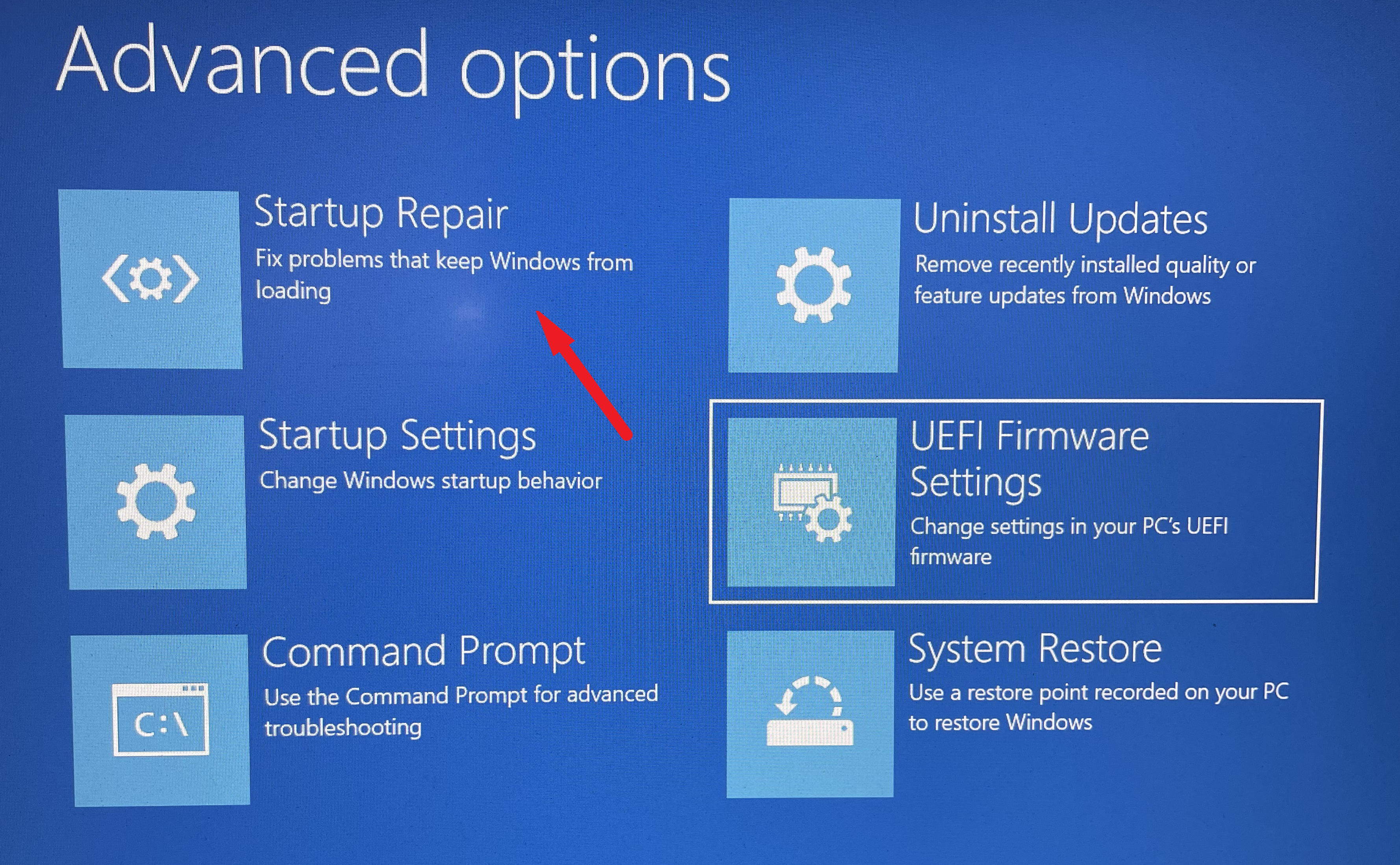
Step 7: Review the actions listed by Windows and click on the Restart button.
Your PC will now boot into Safe Mode, allowing you to perform the necessary troubleshooting steps.
1. Run DISM and SFC Scan
Corrupted or damaged system files can cause Windows 11 to get stuck in a restart loop. Running the Deployment Image Servicing and Management (DISM) and System File Checker (SFC) scans can repair these files.
Step 1: Open the Start Menu and type Terminal. Right-click on the Terminal app and select Run as administrator.

Step 2: If prompted by User Account Control (UAC), click Yes to allow administrative access.
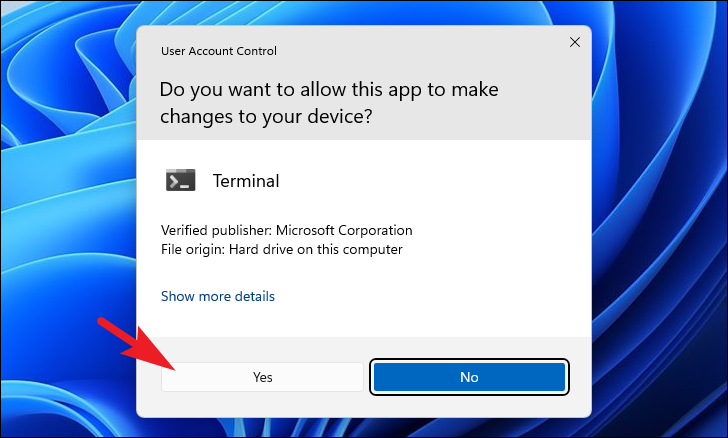
Step 3: In the Terminal window, type or paste the following command and press Enter:
DISM /Online /Cleanup-Image /RestoreHealth
Step 4: Wait for the DISM scan to complete. This process may take several minutes and can appear to be stuck—this is normal.
Step 5: Once the DISM scan finishes, run the SFC scan by typing the following command and pressing Enter:
SFC /scannow
Step 6: After the SFC scan completes, restart your computer and check if the issue persists.
2. Uninstall Recent Windows Updates
Recent Windows updates can sometimes cause system instability. Uninstalling them may resolve the restart loop issue.
Step 1: Open the Settings app by pressing Windows + I or by clicking on the Settings icon in the Start Menu.
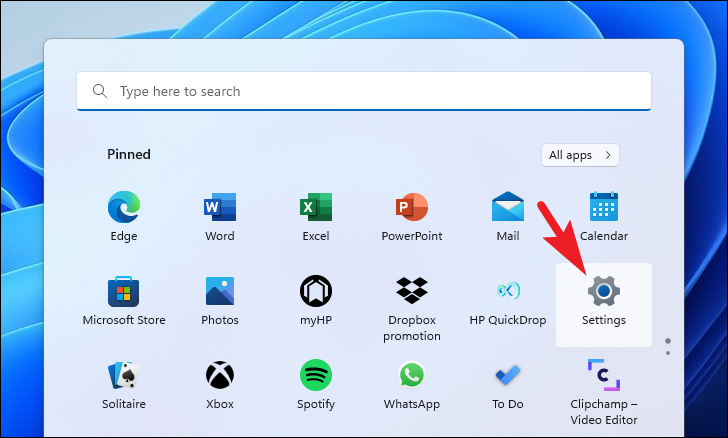
Step 2: In the Settings window, select Windows Update from the left sidebar.
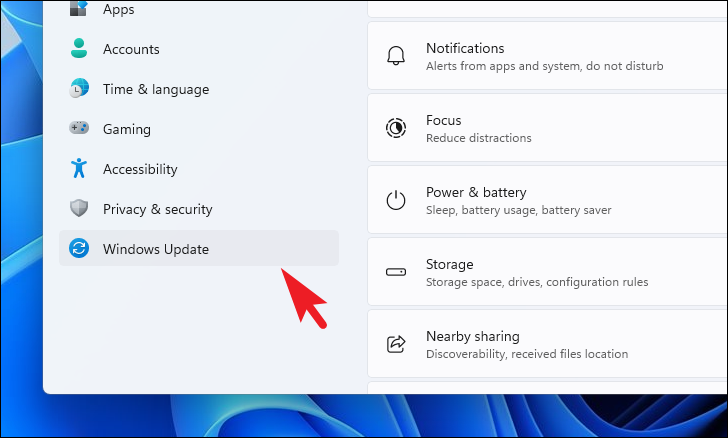
Step 3: Click on Update history on the right pane.

Step 4: Scroll down and click on Uninstall updates under the 'Related settings' section.
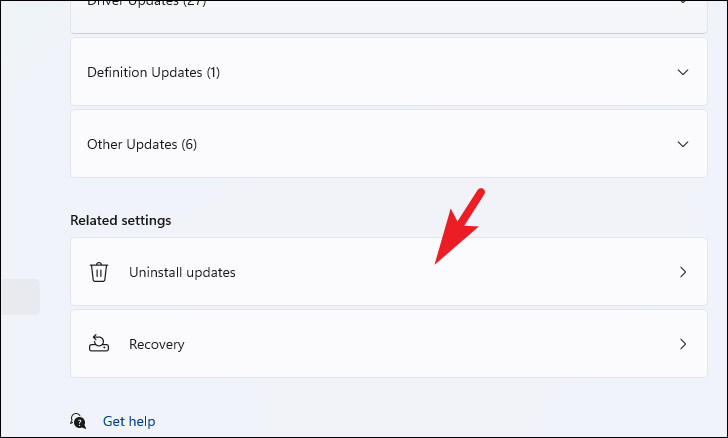
Step 5: Find the most recent update in the list, click on it, and then select Uninstall.
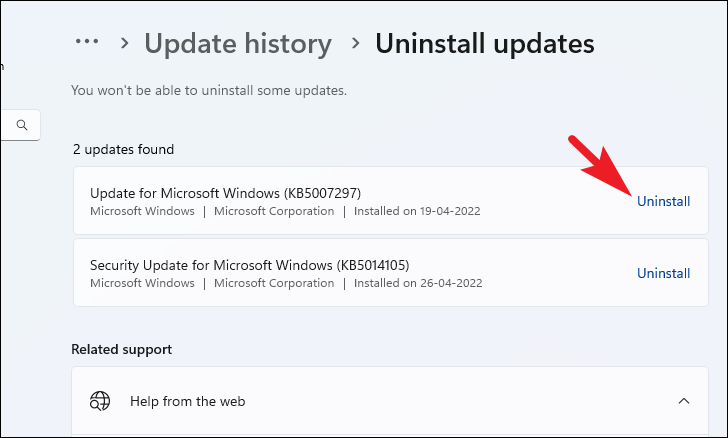
Step 6: Follow the prompts to complete the uninstallation. Afterward, restart your computer to see if the problem is resolved.
3. Delete Files from the Software Distribution Folder
Corrupted update files in the Software Distribution folder can interfere with the startup process. Deleting these files forces Windows to download fresh copies.
Step 1: Open File Explorer by pressing Windows + E or by clicking on the 'This PC' icon.

Step 2: Navigate to your Windows installation drive (usually the C: drive with the Windows logo).
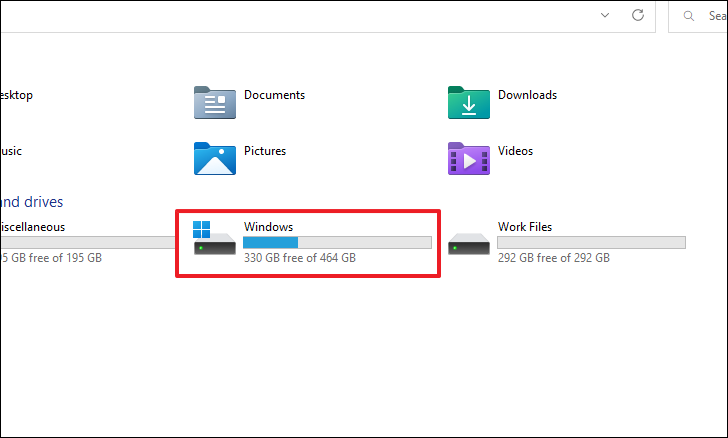
Step 3: Open the Windows folder.
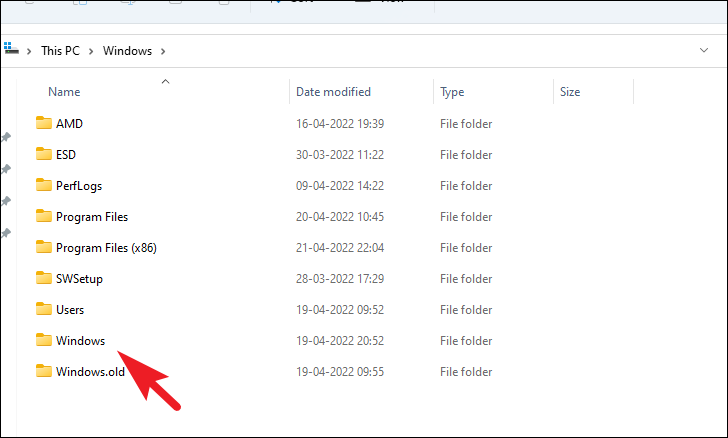
Step 4: Locate and open the SoftwareDistribution folder.
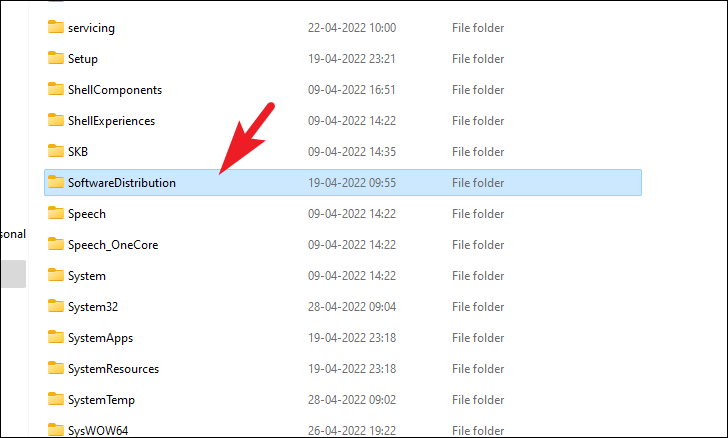
Step 5: Press Ctrl + A to select all files and folders inside. Then press Shift + Delete to permanently delete them.

Step 6: Confirm any prompts that appear. After deleting, restart your PC to see if the issue is fixed.
4. Enable Secure Boot
Secure Boot ensures that your PC boots using only software trusted by the manufacturer. Enabling it can resolve boot-related issues.
Step 1: Open the Settings app by pressing Windows + I.

Step 2: Ensure that you are in the System tab on the left sidebar.
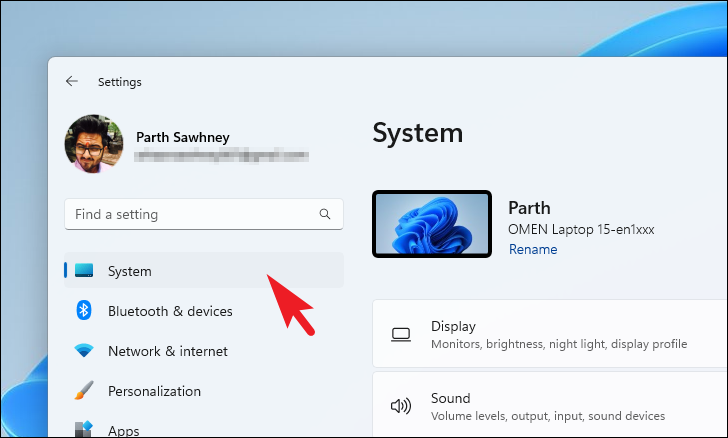
Step 3: Scroll down on the right pane and click on Recovery.
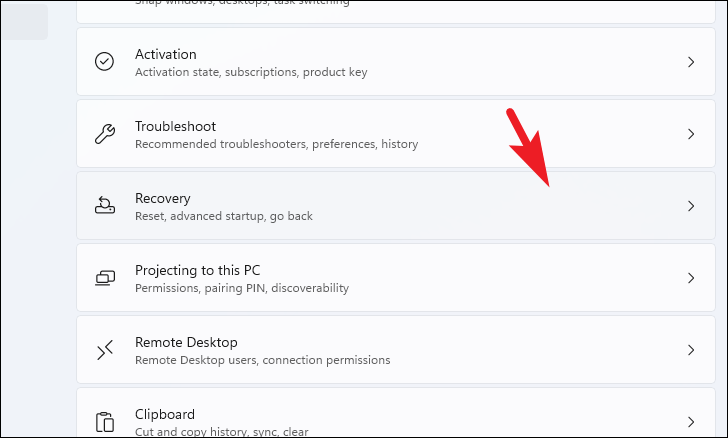
Step 4: Under 'Recovery options', click on the Restart now button next to 'Advanced startup'. This will prompt a restart.
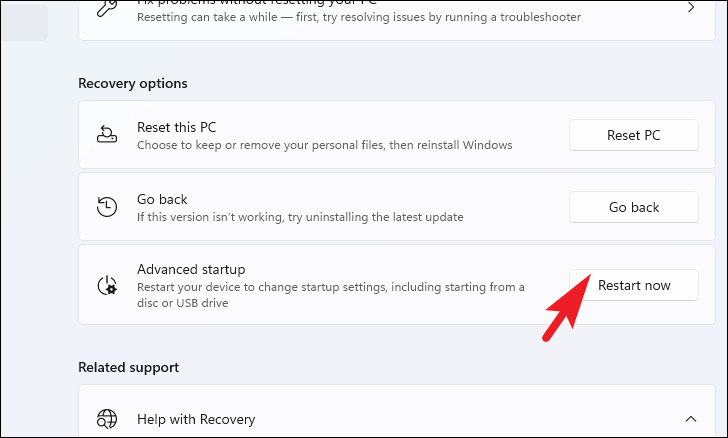
Step 5: In the prompt, click Restart now to confirm.

Step 6: After restarting, you'll be in the WinRE. Select Troubleshoot.

Step 7: Click on Advanced options.
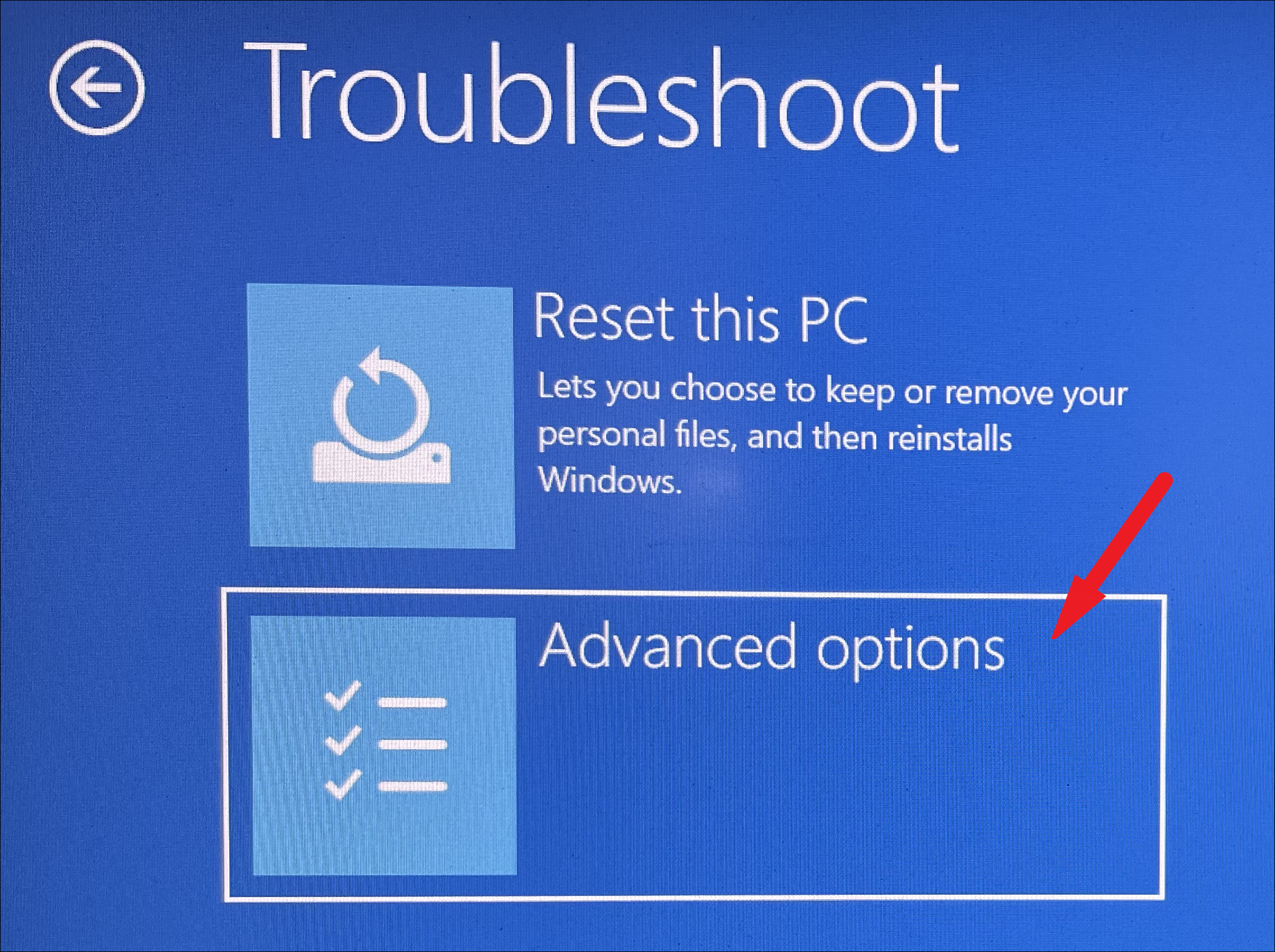
Step 8: Choose UEFI Firmware Settings and then click Restart.
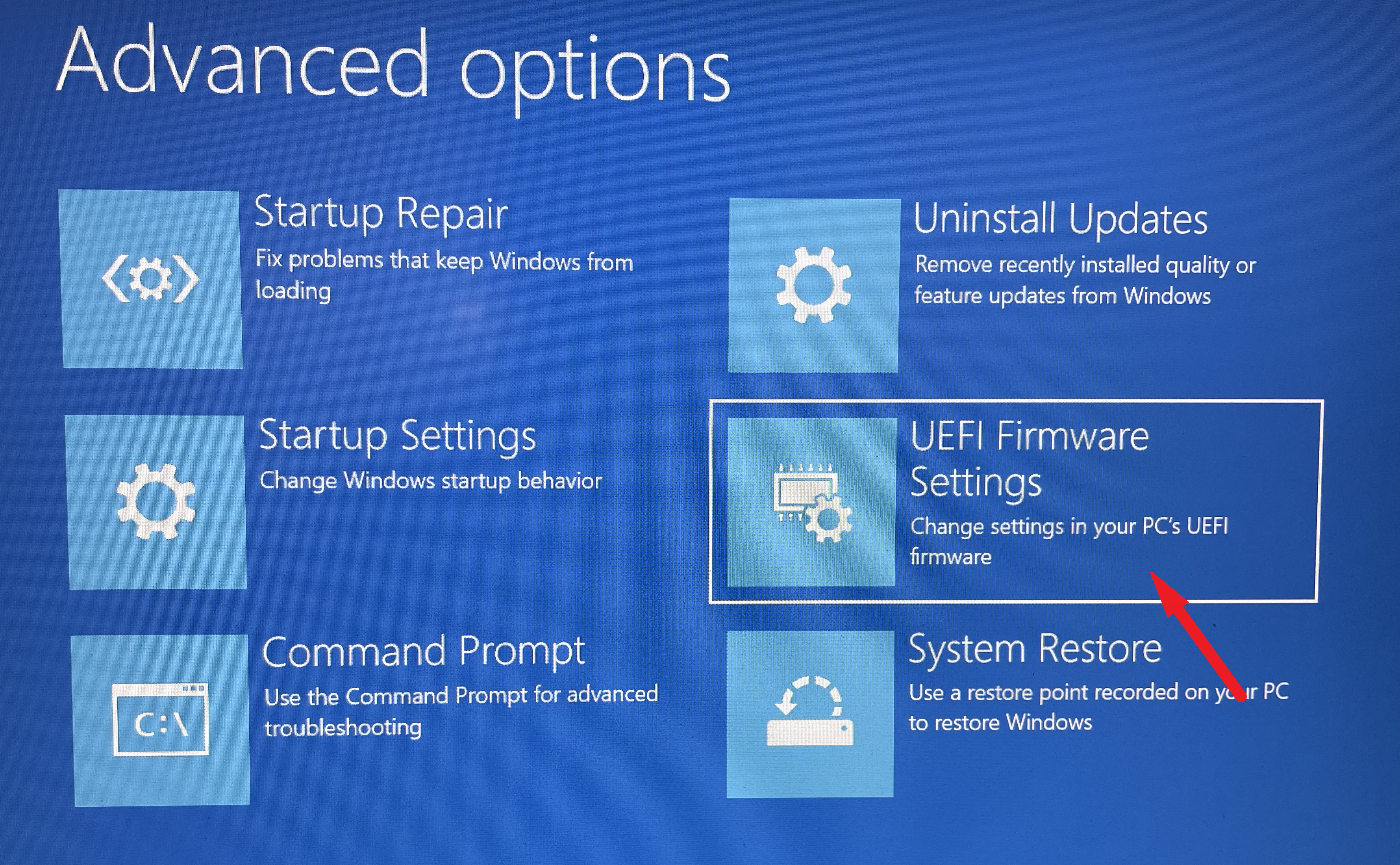
Step 9: Once in the BIOS menu, navigate to the Boot options.
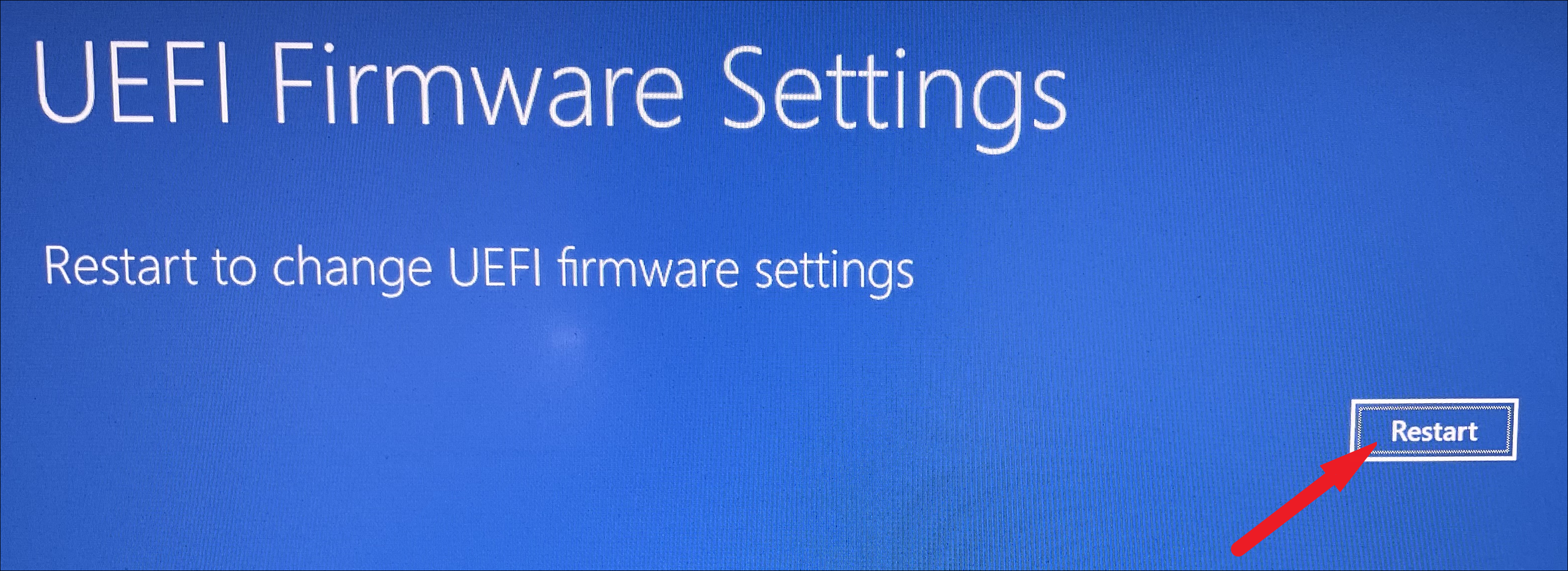
Step 10: Find the Secure Boot option and set it to Enable. Use the arrow keys and Enter key to navigate and select options. Press F10 to save changes and exit.
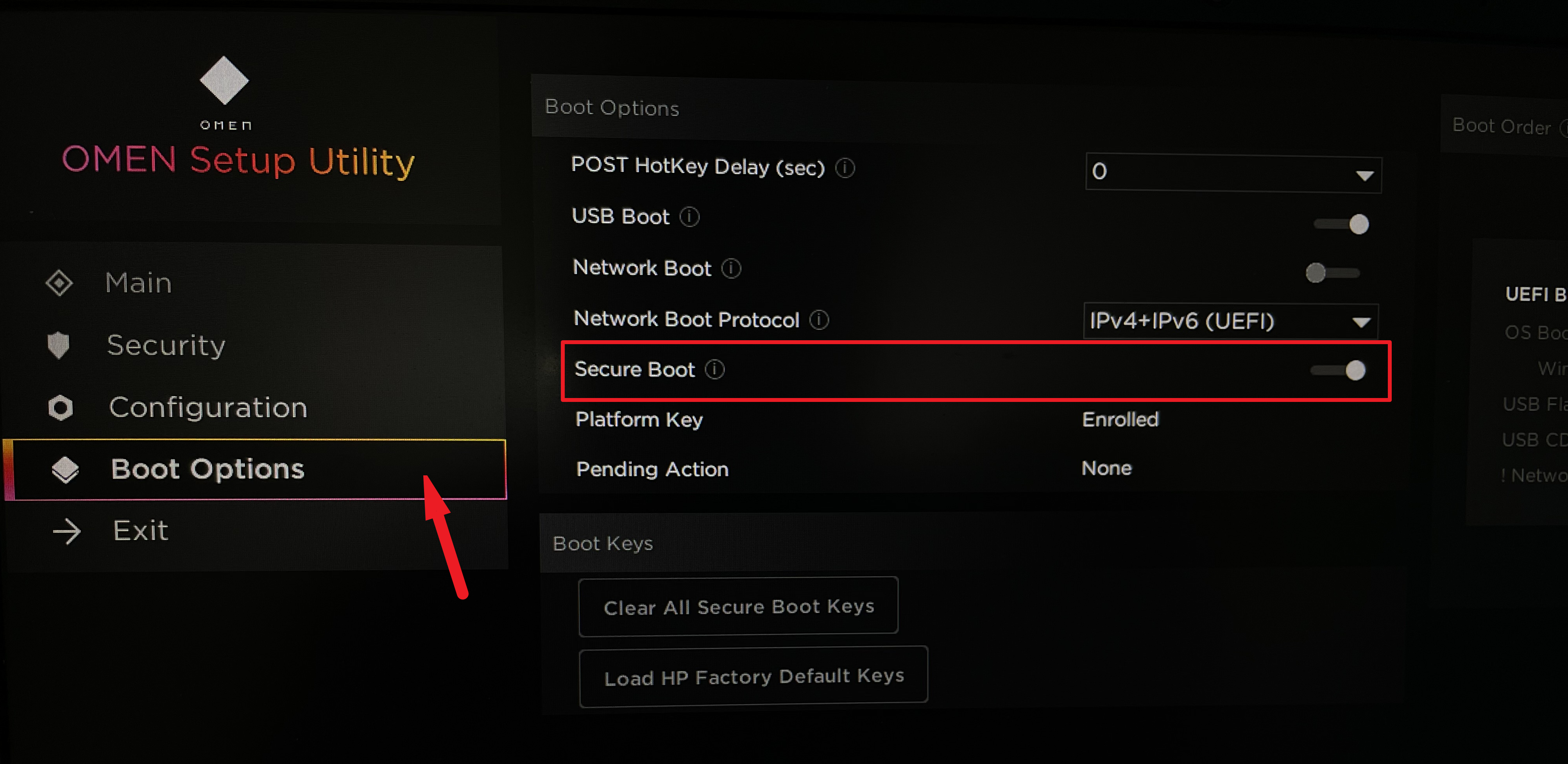
Step 11: Your system will restart. Check if Windows boots properly now.
5. Remove Recently Installed Apps
A recently installed application may be causing conflicts leading to the restart loop. Removing it could resolve the issue.
Step 1: Open the Settings app by pressing Windows + I.
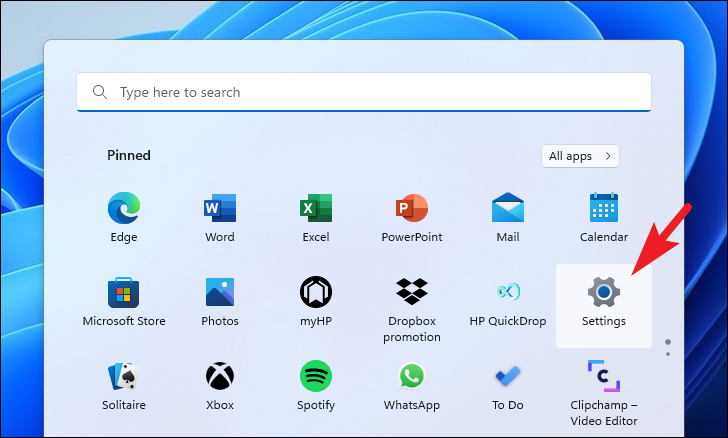
Step 2: Click on the Apps tab on the left sidebar.
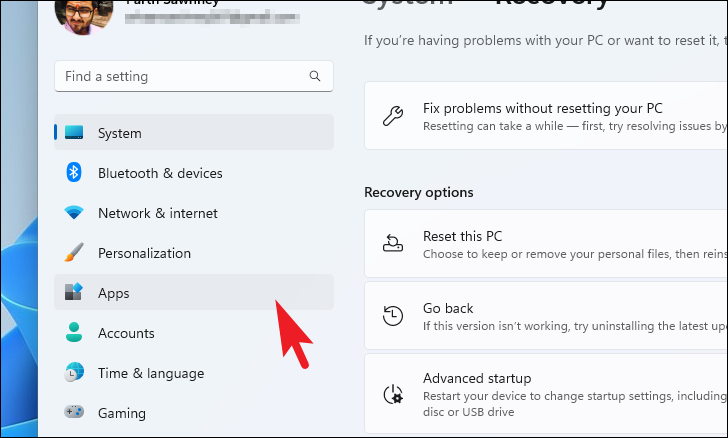
Step 3: Select Installed apps on the right pane.
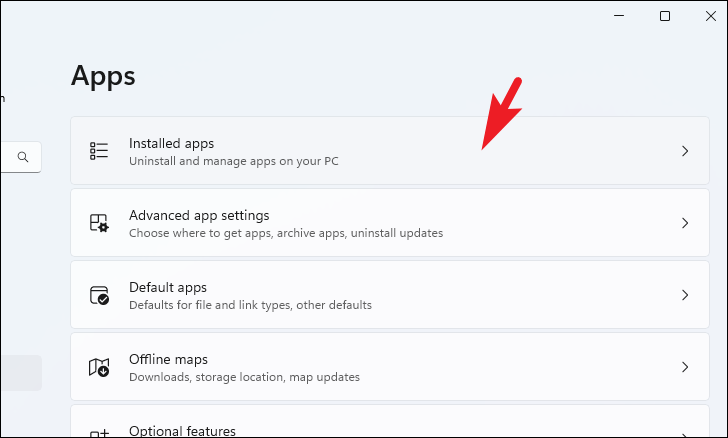
Step 4: Locate the recently installed app from the list. You can sort the apps by installation date for convenience.
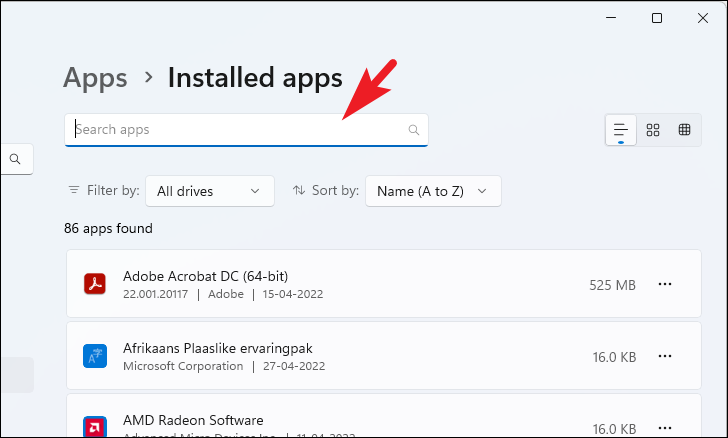
Step 5: Click on the three dots (...) next to the app and choose Uninstall.

Step 6: Confirm the uninstallation by clicking Uninstall in the prompt. Follow any additional instructions to remove the app completely.
Step 7: Restart your computer and see if Windows starts normally.
By following these steps, you should be able to resolve the restart loop issue on your Windows 11 PC. If the problem persists, consider seeking professional technical support.






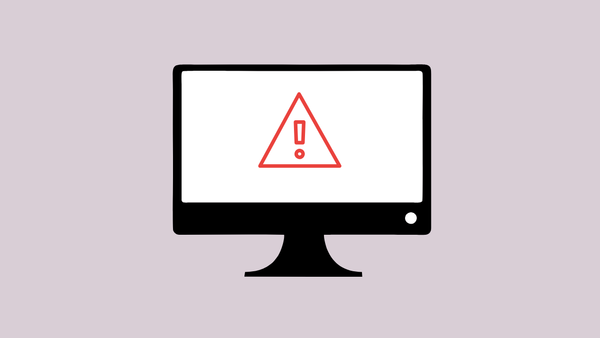
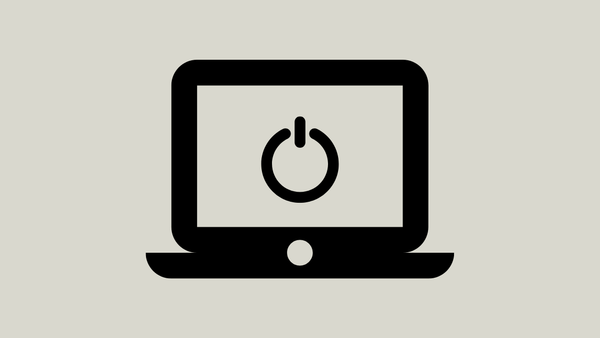
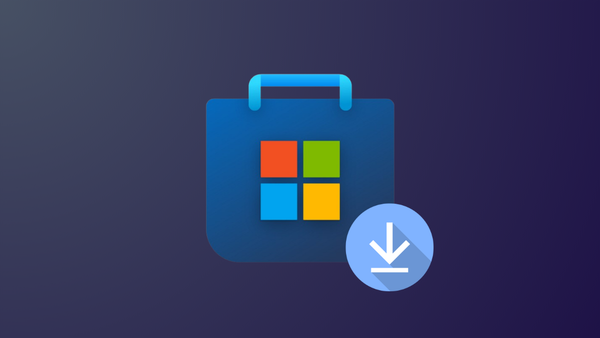


Member discussion